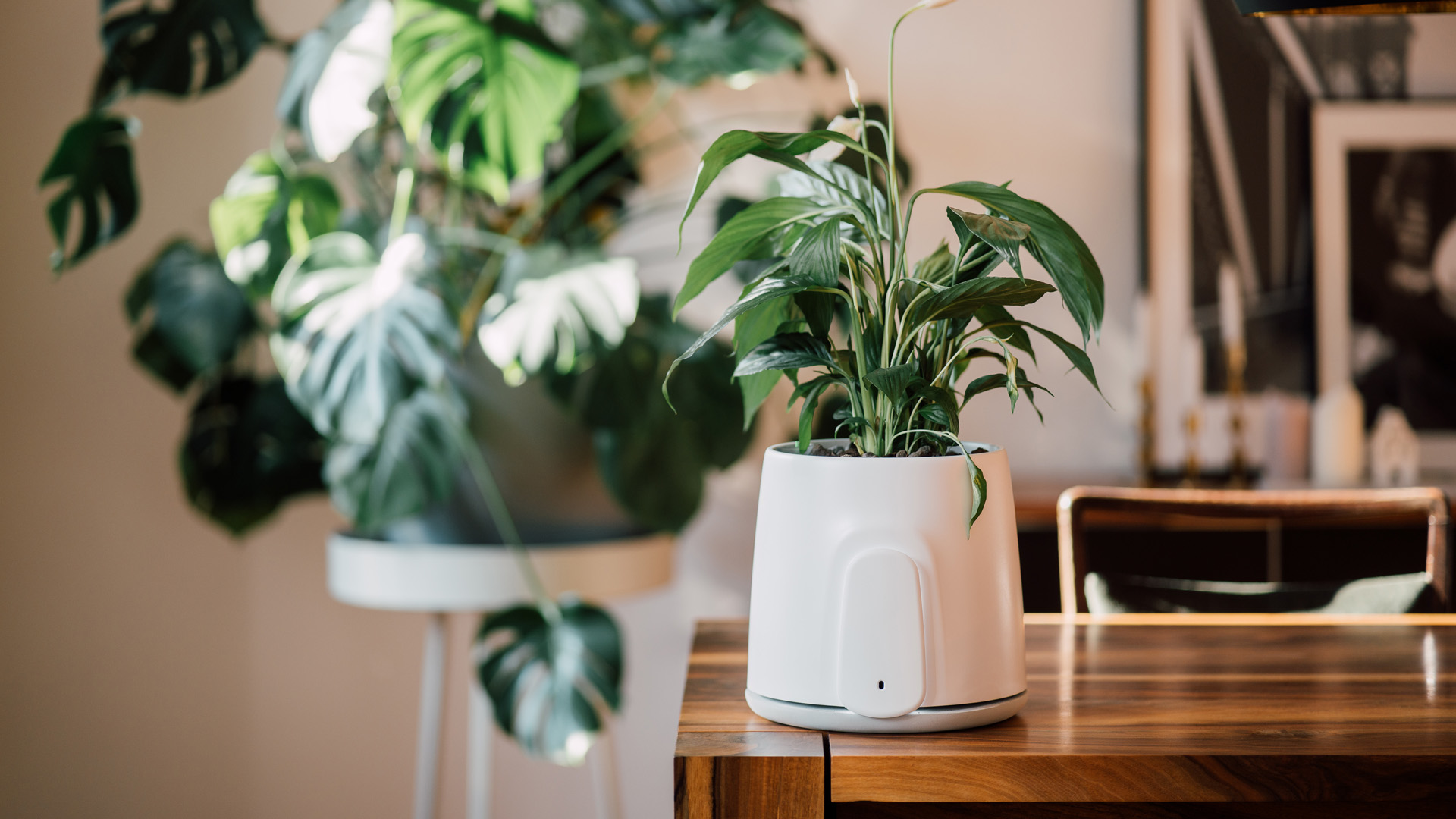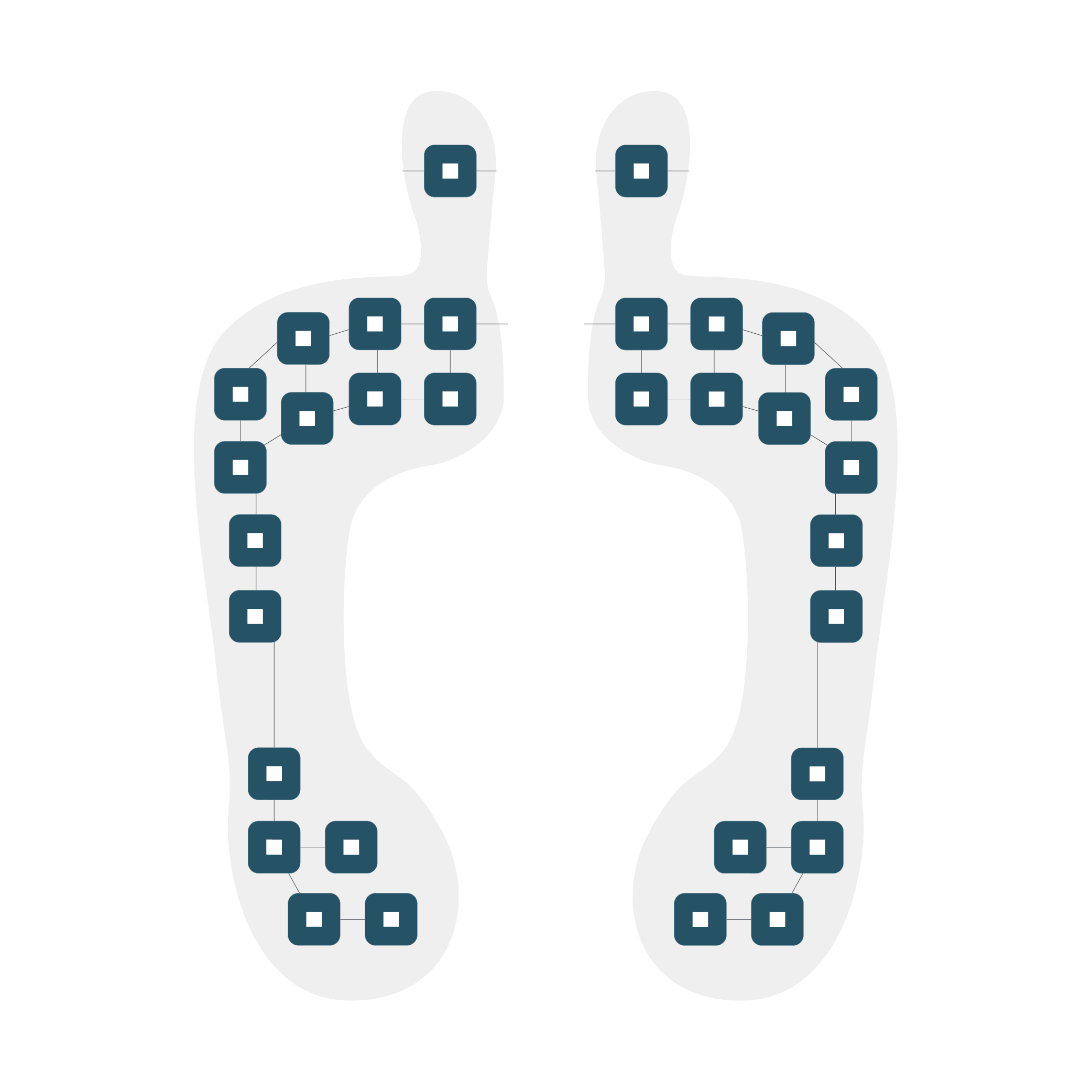Customer Profile
Industry: Computers & Electronics Manufacturing
Year of est.: 2016

Environmental monitoring refers to the various methods we use to measure the quality of the environment in which we live or work. It is an important practice as certain variables in our atmosphere can have negative effects on human health and the ecosystem if they are not identified and managed carefully.
About Vitesy
Our client is a company whose goal is to develop environmentally conscious, intelligent interior design products. Vitesy focuses on helping their customers have the smallest possible carbon footprint with their air purifiers.
They stand by the belief that the environment in which we live represents our home and our future, so we must take care of it for it to take care of us. Vitesy has put people’s health as its primary goals, being aware of the strong link that exists between humans and the planet Earth.
Founded in 2016, the company chose to collaborate with 221e on creating the Natede Smart air purifier and Eteria air purifier with ambient air quality sensing capabilities and IoT connectivity. These would, of course, need to be mobile friendly, interoperable and include cloud-based monitoring.
The Challenges
When designing the Natede Smart air purifier, mechanical integration was a key consideration. The unique form factor of the product meant that we needed to account for the aesthetics as much as for the airflow passing through three channels: the sensors (for monitoring), the filter (purification), and the soil (additional filtering), before being released to the environment.
The presence of soil meant there were also dust particles and water, hence we also had to consider protecting the electronics while maintaining an effective sensing strategy for measurement accuracy. To address these factors, we performed testing in a climatic chamber to better understand and characterize the behavior of the sensors under different conditions, including temperature and humidity variations. Additionally, the Natede Smart features different modes of operation, which required us to engineer a system where the sensors’ response would dynamically correspond to the changes in air flow.
In comparison, the mechanical considerations for the Eteria system were less complex. Its form factor is less intricate, consisting of a base with connectivity capabilities, sensors, and an air purifier that stimulates the tungsten dioxide filter. However, the Eteria is built for portability, and so we had to consider the self-heating of the electronics and how it could affect the device due to its more compact form.
Firmware compatibility was a significant concern to avoid any communication problems that could inhibit sensor or device performance. Vitesy developed their own app, called the Vitesy Hub app, where users can check information provided by the air purifiers about their ambient quality and control the mode of operation. Inability to communicate with this app or other devices would render the smart air purifier less appealing and less effective for customers.
The smart sensors would have to collect data about the user’s ambient quality and communicate with other systems such as Amazon Alexa and Google Assistant. To do so, they would have to be integrated with the Vitesy Hub app and thoroughly tested for compatibility with various devices and configurations. Security and privacy concerns also had to be considered to protect the Natede Smart and the data stored within the app. Our role here was to ensure that the firmware within our smart sensors would help safeguard users from external threats.
The expectation of the sensor system was to be efficient and help the Natede Smart and Eteria perform their job accurately and reliably. Sensor data acquisition was essential in meeting these expectations. This process allows us to gather and analyze data from various sensors integrated into the devices to monitor and control air quality, airflow, and filter efficiency. This data is then used to optimize the device’s performance, improve its energy efficiency, and provide real-time feedback to users.
VOC sensors detect the presence of air pollutants such as harmful volatile organic compounds (VOCs). VOCs are emitted by various sources such as household cleaning products or paints and have adverse health effects on humans. The Vitesy air purifiers equipped with VOC sensors can target these pollutants specifically and eliminate them. The air purifiers provide users with information on the levels of these harmful gases in the air, which enables them to make informed decisions about their air quality and health.
Solution
Particle sensors can detect airborne particles like dust, pollen, and mold spores. This data can then be used to optimize filter performance, helping users to realize that their reusable Vitesy filters need to be washed or if the mode needs to be adjusted to capture more particles.
Temperature and humidity sensors are important for both comfort and health. High humidity levels can promote the growth of mold and bacteria, while low humidity can cause dry skin or respiratory issues. Likewise, extreme variations in temperature can exacerbate certain health conditions. The information provided by these smart air purifiers plays a vital role in ensuring that temperature and humidity are kept in check and at optimal levels.
These devices provide real-time feedback to users on their ambient quality and the filter efficiency. This data is then displayed on the Vitesy Hub app, allowing users to monitor their performance and adjust the settings as needed.
Another major concern was achieving compliance certification for these smart devices to ensure that the air purifiers would serve the purpose for which they were designed. To facilitate the certification process for our client, we conducted and documented prototype testing early in the project to ensure that it would be compliant by the end stage. In this case, sourcing and delivering the right components presented obstacles that could delay the project. Enter 221e, functioning as a Tier 1 supplier, conducting end-of-line testing for any quality and programming concerns, and delivering an assembled product to the client.
The Result
Vitesy is synonymous with beautiful designs that complement any space while maintaining their ecofriendly status. Thanks to their knack for elegant product design and 221e’s innovative intelligent sensing abilities, the collaboration was the highest funded air purifiers on Kickstarter. Even with the ongoing chip shortage, the collaborative efforts of 221e along the supply chain ensured that the client was able to reach their manufacturing goals.
Our client was able to achieve their goals of producing and selling an intelligent device that promotes a safe, healthy environment for their customers in the most environmentally friendly way possible. The Natede Smart, which features a photocatalytic filter that captures and decomposes VOCs, viruses, odors, and bacteria, is washable and so reduces resource waste and extra expenses.
Equipped with advanced sensors that accurately measure temperature, humidity, VOCs, PM2.5, and CO₂, this mobile-friendly device is compatible with multiple systems and provides highly accurate indoor air quality control.
“I collaborated with the 221e firmware development team from the first phase of defining the specifications of testing to the implementation stage. Their know-how and efficiency in communication made it possible to quickly arrive at a product that fulfilled Vitesy’s expectations.”
Davide Rossetto

